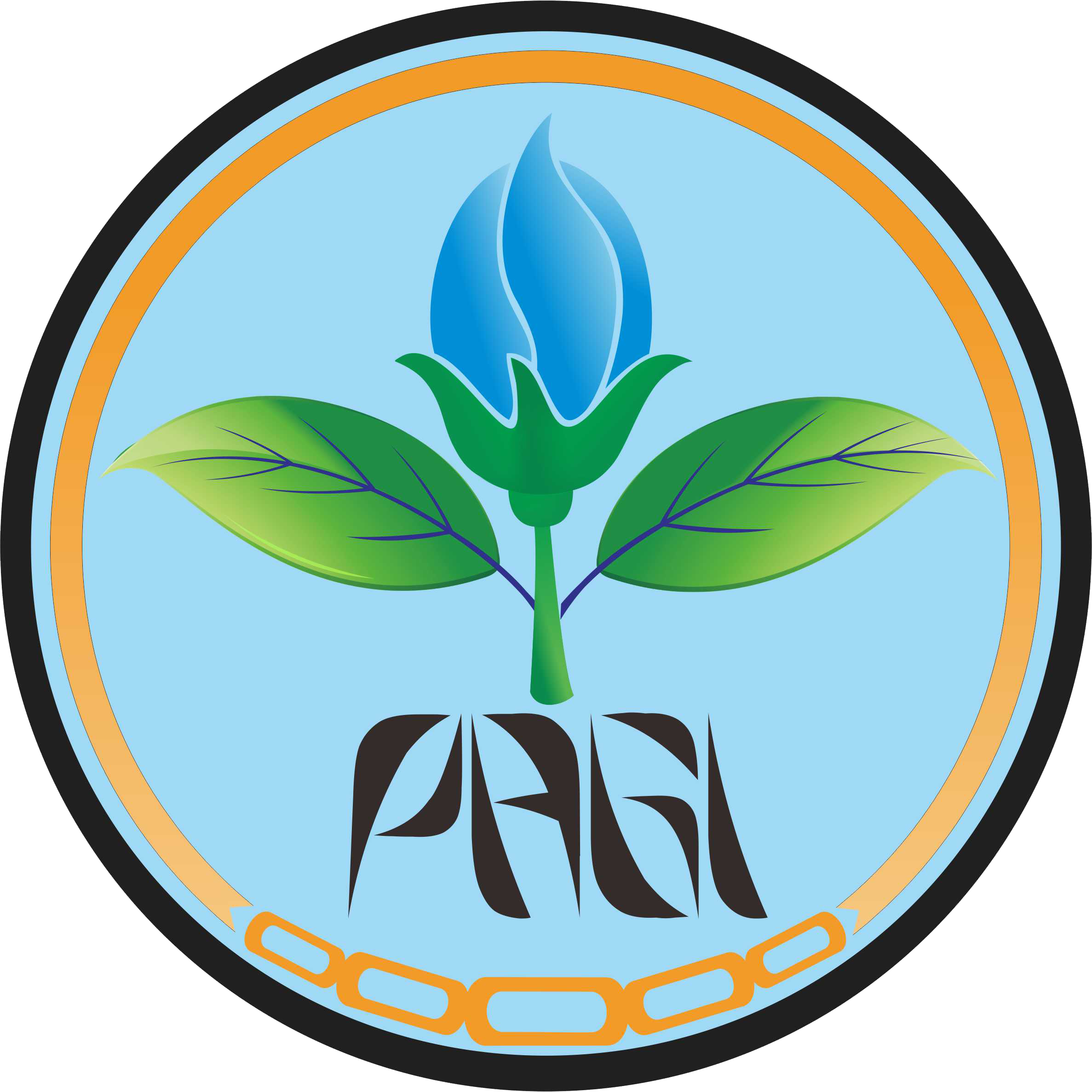Identification and Characterization of Antagonistic Bacteria from Coffee Plant Litter
Abstract
Keywords
Full Text:
PDF(EN)References
Agrios GN. 2005. Plant pathology. 5th ed. San Diego (CA): Elsevier Academic Press. 952 p.
Andriani Y, Rochima E, Safitri R, Rahayuningsih SR. 2017. Characterization of Bacillus megaterium and Bacillus mycoides bacteria as probiotic bacteria in fish and shrimp feed. KnE Life Sci. 2(6):127. https://dx.doi.org/10.18502/kls.v2i6.1029.
Benedetto NAD, Corbo MR, Campaniello D, Pia Cataldi MP, Bevilacqua A, Sinigaglia M, Flagella Z. 2017. The role of plant growth promoting bacteria in improving nitrogen use efficiency for sustainable crop production: a focus on wheat. AIMS Microbiolgy. 3(3):413–434. https://dx.doi.org/10.3934/microbiol.2017.3.413.
Bergey D, Krieg NR, Holt JG. 1984. Bergey’s manual of systematic bacteriology. In: Krieg NR, Holt JG, editors. Bergey’s Manual of Systematic Bacteriology . Vol. 1. Baltimore, MD : Williams & Wilkins,. p. 516–517.
Deshwal VK, Kumar P. 2013. Production of plant growth promoting substance by pseudomonads. J Acad Ind Res. 2(4):221–225.
Dinata GF. 2018. Potensi bakteri dari serasah tanaman kopi di ub forest untuk mengendalikan penyakit busuk pangkal batang (Fusarium oxysporum f.sp. cepae) pada tanaman bawang merah [Undergraduate Thesis]. Malang (ID): Brawijaya University. http://repository.ub.ac.id/id/eprint/161638.
Djatnika I. 2012. Seleksi akteri antagonis untuk mengendalikban layu Fusarium pada tanaman Phalaenopsis. J Hortik. 22(3):276–284. https://dx.doi.org/10.21082/jhort.v22n3.2012.p276-284.
Errington J, van der Aart LT. 2020. Microbe profile: Bacillus subtilis: model organism for cellular development, and industrial workhorse. Microbiology . 166(5):425–427. https://dx.doi.org/10.1099/mic.0.000922.
Fadiji AE, Babalola OO. 2020. Exploring the potentialities of beneficial endophytes for improved plant growth. Saudi J Biol Sci. 27(12):3622–3633. https://dx.doi.org/10.1016/j.sjbs.2020.08.002.
Fanani AK, Abadi AL, Aini LQ. 2015. Eksplorasi bakteri patogen pada beberapa spesies tanaman kantong semar (Nepenthes sp.). J. HPT. 3(3):104–110.
Glick BR. 2014. Bacteria with ACC deaminase can promote plant growth and help to feed the world. Microbiol Res. 169(1):30–39. http://dx.doi.org/10.1016/j.micres.2013.09.009.
Hadiwiyono, Wuspada RD, Widono S, Poromarto SH, Fatawi ZD. 2009. Kesupresifan tanah terhadap busuk pangkal (Fusarium oxysporum f. sp. cepae) bawang putih di Tawangmangu Karanganyar. Sains Tanah: J Ilmu Tanah Agroklimatologi. 6(1):1–6.
Himedia. 2015. Pikovskaya’s broth (medium). M1719, HiMedia Laboratories Pvt Ltd.
Kaiser G. 2021. The Gram-Positive Cell Wall. Catonsville (MD): The LibreTexts libraries; [updated 2021 Jan 4; accessed 2021 Feb 21]. https://bio.libretexts.org/@go/page/3111.
Madigan MT, Martinko JM, Stahl DA, Clark DP. 2012. Brock biology of microorganisms. 13th ed. San Fansisco (CA): Pearson Education Benjamin Cummings.
Nair DN, Padmavathy S. 2014. Impact of endophytic microorganisms on plants, environment and humans. Sci World J. 2014:1-11. https://dx.doi.org/10.1155/2014/250693.
Promputtha I, Hyde KD, McKenzie EHC, Peberdy JF, Lumyong S. 2010. Can leaf degrading enzymes provide evidence that endophytic fungi becoming saprobes? Fungal Divers. 41:89–99. https://dx.doi.org/10.1007/s13225-010-0024-6.
Public Health England. 2018. Identification of Bacillus species. UK Standards for Microbiology Investigations. London (UK): Standards Unit, Microbiology Services, PHE. 9(3.1):p. 9.
Saputra R, Ariwiyanto T, Wibowo A. 2015. Uji aktivitas antagonistik beberapa isolat bacillus spp. terhadap penyakit layu bakteri (Ralstonia solanacearum) pada beberapa varietas tomat dan identifikasinya. Pros Semin Nas Masy. Biodiversitas Indones. 1(5):1116–1122.
Schaad N, Jones JB, Chun W. 2001. Laboratory guide for identification of plant pathogenic bacteria. 3rd Ed. St. Paul (USA): American Phytopathological Society Press. 373 p. https://dx.doi.org/10.1046/j.1365-3059.2001.00635.x.
Widodo, Kondo N, Kobayashi K, Ogoshi A. 2008. Vegetative compatibility groups within Fusarium oxysporum f. sp. cepae in Hokkaido-Japan. Microbiol Indones. 2(1):39–43. https://dx.doi.org/10.5454/mi.2.1.8.
Wijiyono. 2009. Keanekaragaman bakteri serasah daun Avicennia marina yang mengalami dekomposisi pada berbagai tingkat salinitas di teluk Tapian Nauli [master’s thesis]. Medan (ID): Universitas Sumatera Utara.
Yahya Y, Nursyam H, Yenny R, Soemarno S. 2014. Karakteristik bakteri di perairan Mangrove pesisir Kraton Pasuruan. Ilmu kelautan: Indones J Mar Sci. 19(1):35–42. https://dx.doi.org/10.14710/ik.ijms.19.1.35-42.
Yi Y. 2018. Bacillus mycoides: novel tools for studying the mechanisms of its interaction with plants.
Yulma Y, Ihsan B, Sunarti S, Malasari E, Wahyuni N, Mursyban M. 2017. Identifikasi bakteri pada serasah daun Mangrove yang terdekomposisi di kawasan Konservasi Mangrove dan Bekantan (KKMB) Kota Tarakan. J Trop Biodivers Biotechnol. 2(1):28. https://dx.doi.org/10.22146/jtbb.27173.
Refbacks
- There are currently no refbacks.






